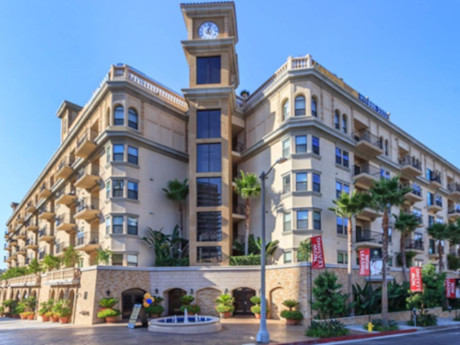— By Priscilla Nee, Executive Vice President, CBRE —
The Los Angeles apartment market started showing signs of cooling as supply has risen to meet demand. Rents decreased marginally year over year as last year’s apartment demand decreased following pent-up pandemic demand. In response to decreased prices, renter demand for space has seen an increase in the first few months of 2023.
Across the market, vacancy is sitting just below 4.5 percent as of first-quarter 2023, which is up from all-time lows of around 3.7 percent one year prior. Concessions for new renters are present. They have been steady and increasing since the third quarter of 2022 as landlords work to attract great renters to new and existing projects.
Additional new supply is outpacing present demand, despite early upticks in demand for the year. That, paired with a strong development pipeline and an additional 27,000 units under construction, may continue to drive vacancy rates up should demand not increase in kind. This could lead to potential reductions in lease rates if a property sits vacant on the market long enough.
Most current development and construction is centered in Downtown LA, Koreatown and South LA. Markets like Inglewood are setting themselves apart as future growth areas in the city for housing and associated support infrastructure, including new retail and employment zones. Ongoing concerns around crime and homelessness put a damper on demand in certain submarkets, however, new citywide initiatives in Los Angeles are leading some to see a path toward improved living conditions for Angelenos to enjoy the city once again.
Investment volumes have decreased notably. Sales and new loan originations have also decreased markedly for multifamily product across all markets. This is primarily due to the tightened interest rate environment and concerns surrounding the small- to mid-size banking sector that provides a great deal of loan origination for the commercial real estate sector. Many investors are concerned the loan payments will start to outpace the present market value of apartment rents should interest rates continue to rise. This has led to a window of alternative capital sources. Given the size of the Los Angeles multifamily market, however, it may be some time before property financing catches up with investor demand for quality assets or development opportunities.
Concerns regarding the City of Los Angeles’ new transfer tax, measure ULA, and additional lead time concerns for planning approvals may lead to compounding factors that result in short-term decreases in investment and new development in the multifamily market.
Presently, property values are holding as the market hits this equilibrium point. Investors, developers and renters alike should take good measure of the current debt and legislative environments across the market when reviewing their options.


